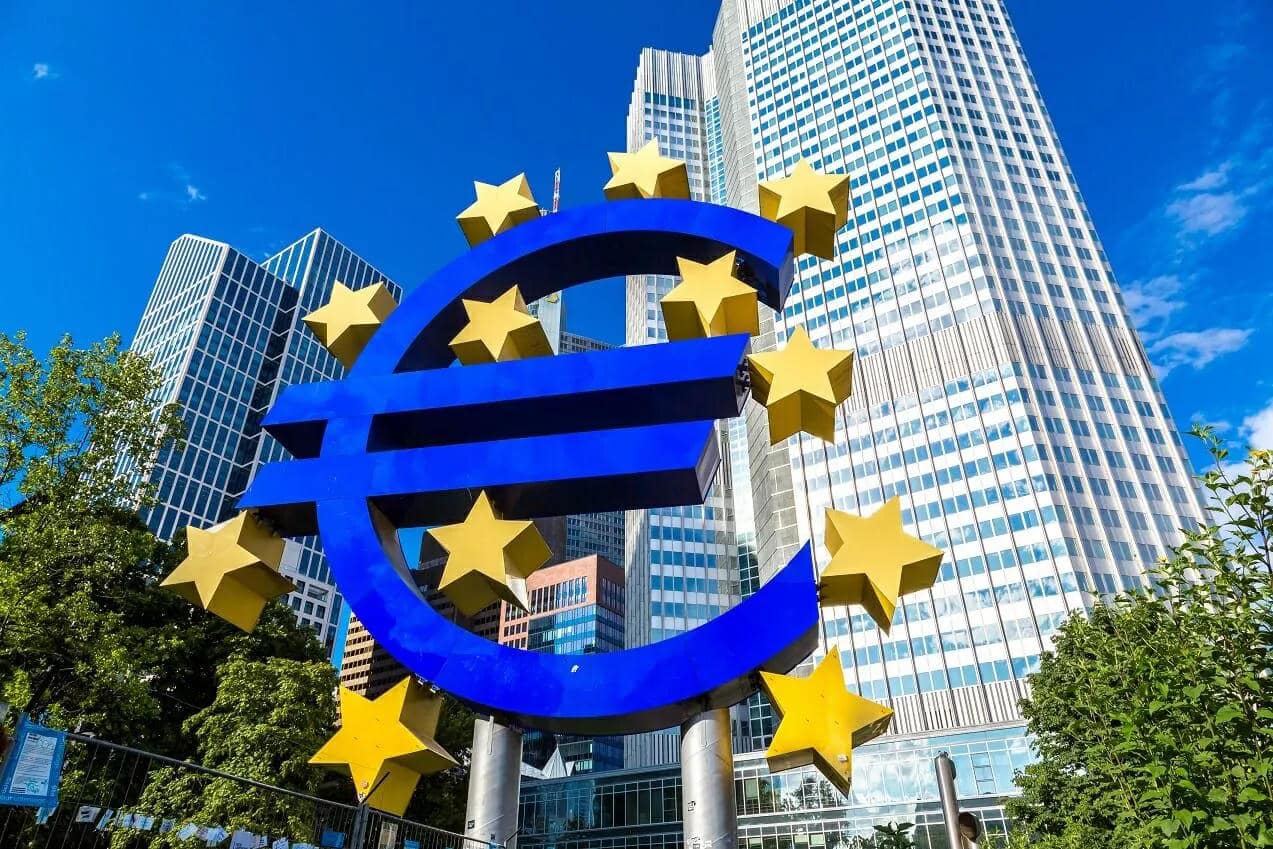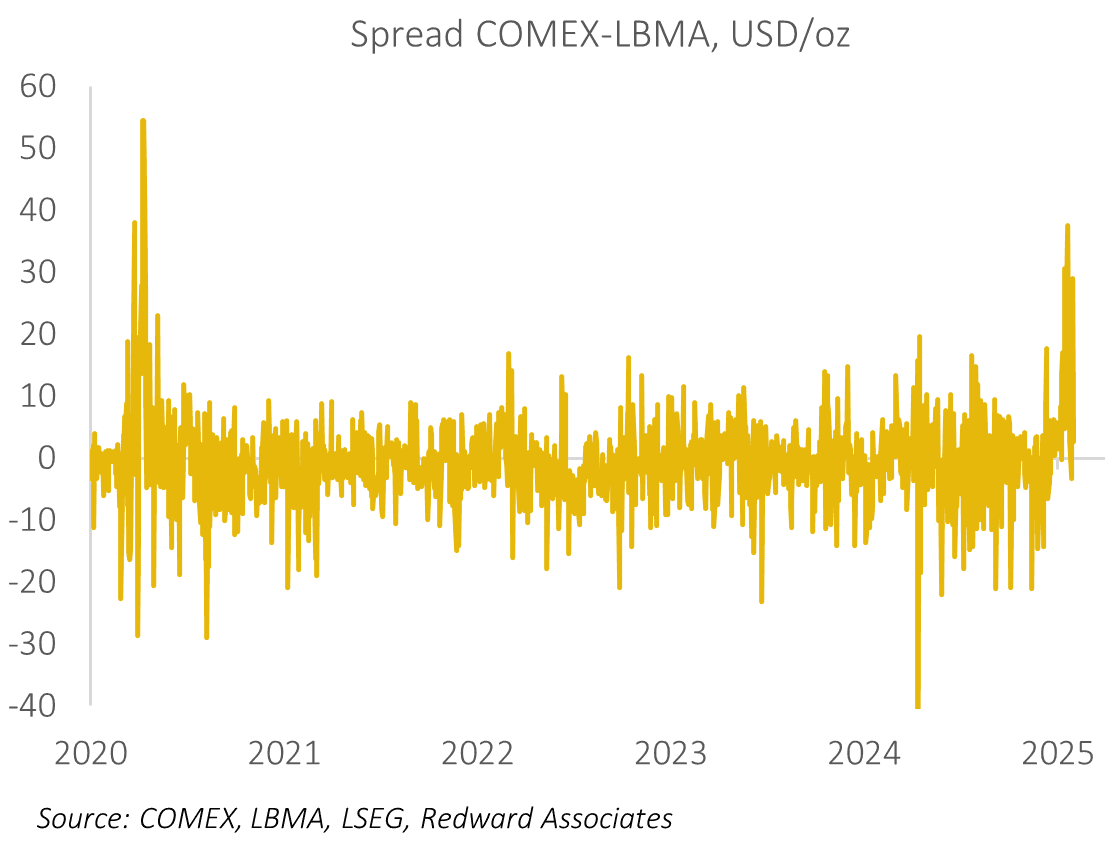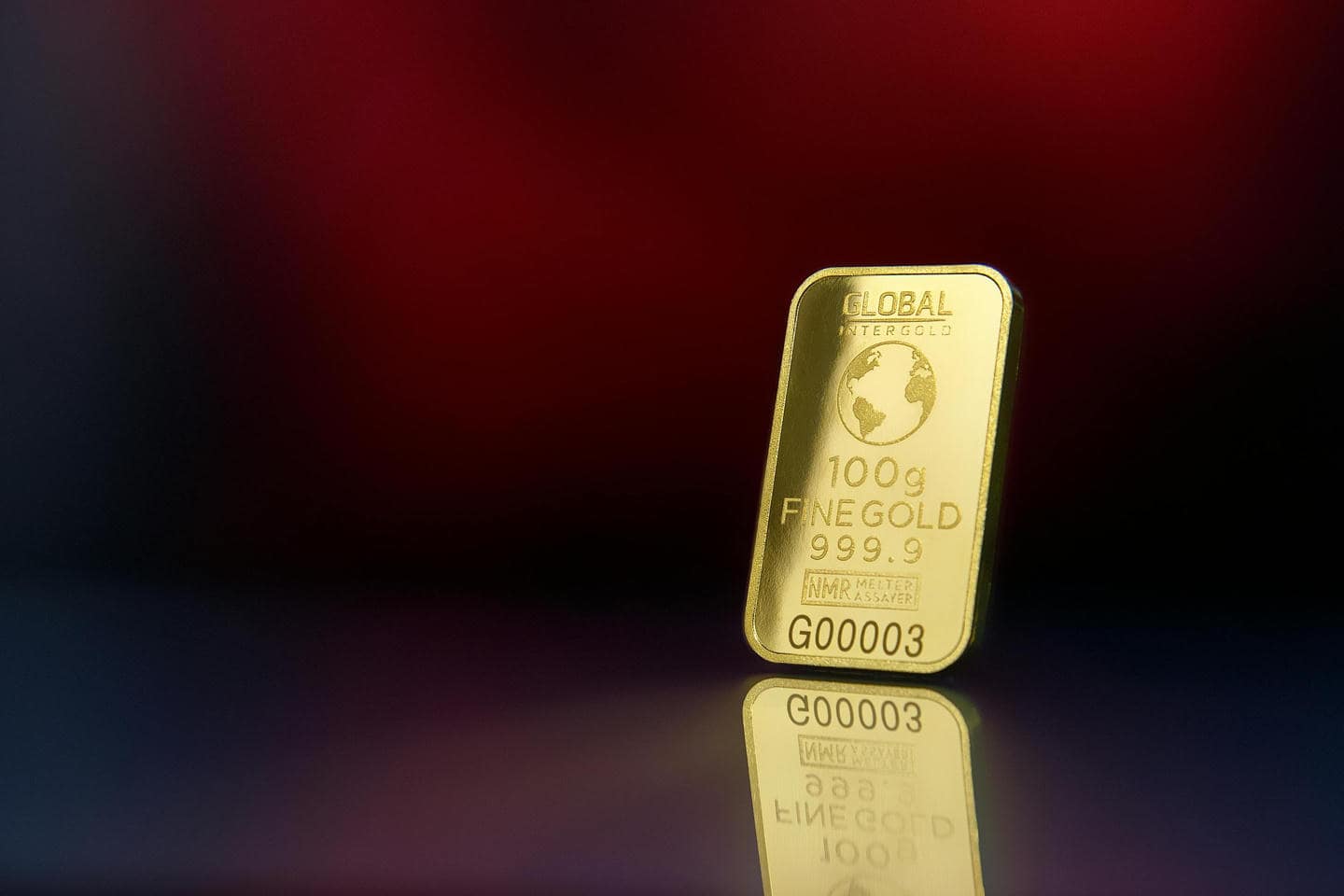ECB Sounds the Alarm: Is the Gold Market at Risk?

A recent analysis by the European Central Bank is raising concerns among European gold investors. Is the global gold market in serious trouble?





A recent analysis by the European Central Bank is raising concerns among European gold investors. Is the global gold market in serious trouble?



